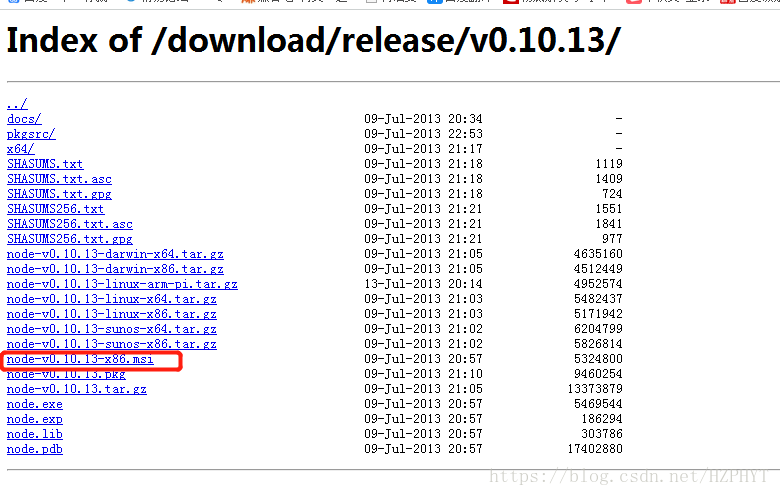


You said you tried to get the Node.js service to log its performance data to Kafka using two different libraries without any success. If you adjust for that, then the Node.js project is only 40% of the number of hand written lines of code. A lot of the extra DropWizard code is generated by Swagger. I never said that Node.js development is five times faster than DropWizard, I said that the Node.js code is one-fifth the number of lines. Sacrificing 16% throughput in order to develop micro-services 5 times faster is a good trade in my opinion. It sounds to me like Node.js is the winner. The Java services are more concerned about protecting the underlying data repositories. The Node.js services are more concerned about making life easy for the clients. Those APIs, in turn, call more data centric micro-services written in Java. Some companies use the BfF pattern where the APIs, called by clients over the Internet, are written in Node.js.
#APTANA STUDIO NODE JS DRIVERS#
Those are the main decision drivers for companies that must standardize on only one programming language. That is a bit of an over simplification but, yeah, that is about right. Waiting for I/O to complete blocks all requests queued for that process.īasically, your recommendation is to go with Node.js if time to market is more important and go with Java if scalability is more important. In Node.js, there is only one thread per process. Waiting for I/O to complete blocks only the request that initiated the I/O in the first place. Why can DropWizard code wait for I/O to complete but Node.js code can’t? What would happen if you wrote a Node.js micro-service that did? The Closure Compiler can perform type checking but only if you specify the types of everything via jsdoc comments / annotation. You say that you cannot compile javascript in a way that does type checking but isn’t that exactly what the Google Closure Compiler is for? Since that can’t happen in javascript, the IDE just has to guess about types and frequently gets it wrong.
#APTANA STUDIO NODE JS FULL#
Why emacs instead of webstorm, nodeclipse, or Aptana Studio?Ī lot of the benefit that you get out of a full featured IDE comes from the fact that the IDE can intelligently parse the code and accurately reason about its types. I used eclipse for all of the other news feed micro-services but I used emacs for the Node.js implementation. You said that static vs dynamic type checking has a profound impact on SDLC. Here are some answers to questions about the document below.
#APTANA STUDIO NODE JS PDF#
I documented my findings in the PDF at the bottom of this page. I wrote the feed, ran some load tests, then compared the results to the same load tests for the DropWizard version. In this blog, I will turn my attention to the first of many non-Java based technologies where I wrote yet another news feed micro-service implementation, this time in the Node.js programming language. I have been evaluating various Java based technologies by writing a news feed micro-service in those technologies and blogging about the Developer eXperience.


 0 kommentar(er)
0 kommentar(er)
